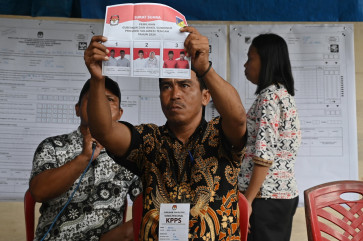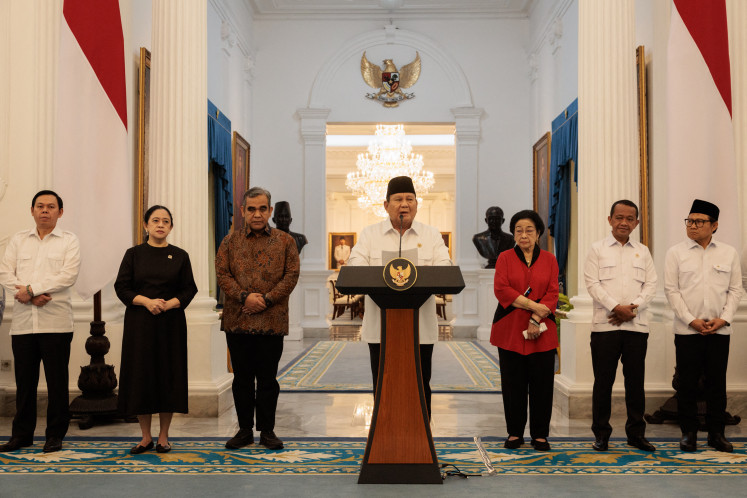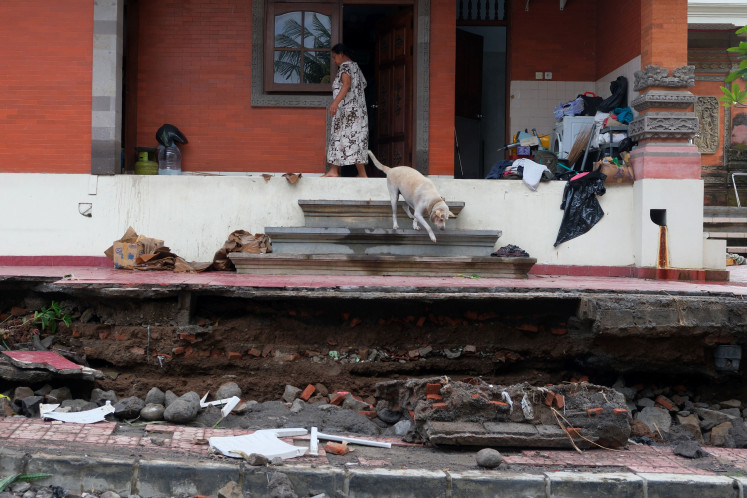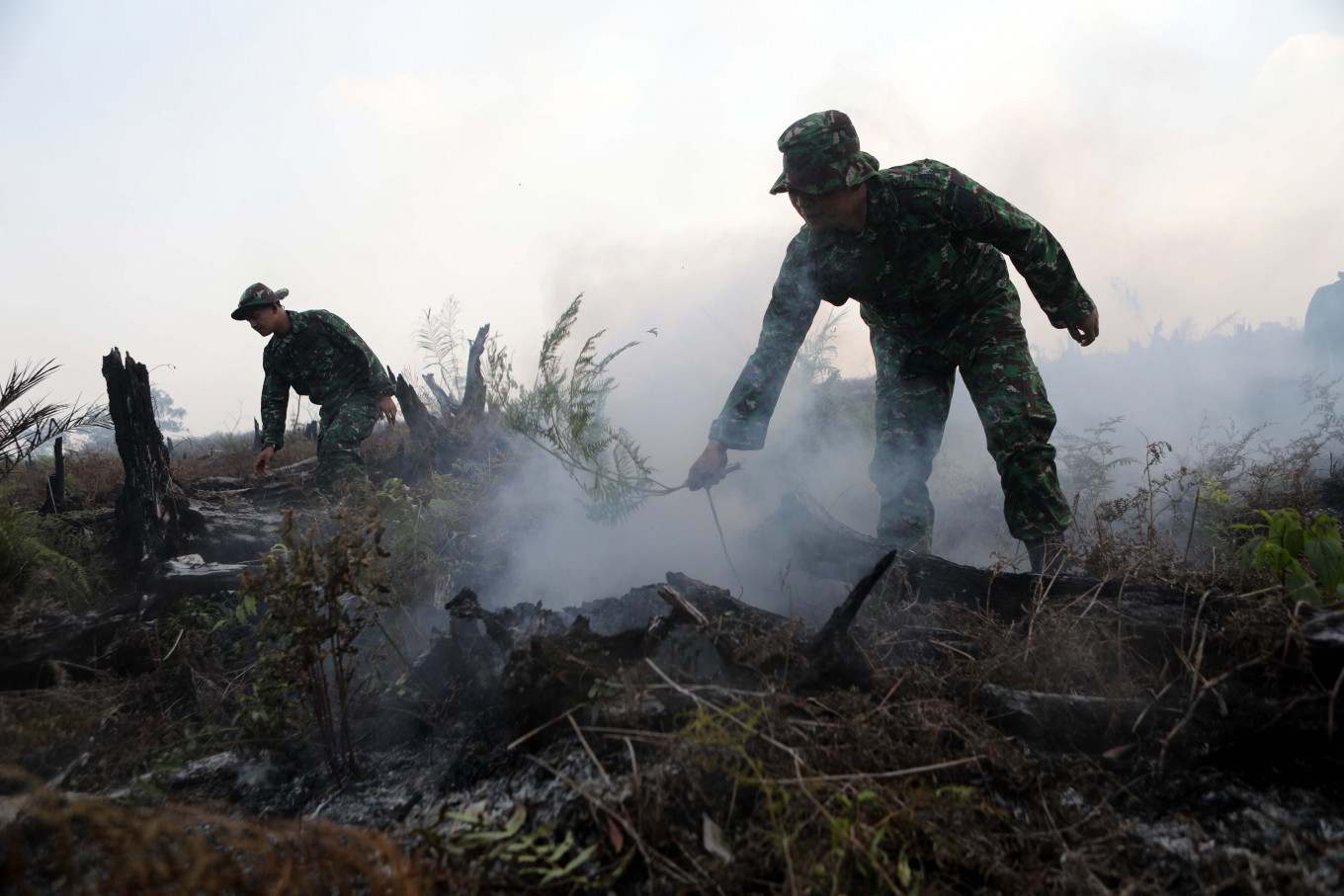Popular Reads
Top Results
Can't find what you're looking for?
View all search resultsPopular Reads
Top Results
Can't find what you're looking for?
View all search resultsCommunities more effective than bans to restore peatlands
Peatland was there long before people settled in the area, and that peatland is flammable. People, therefore, have to adjust themselves to the circumstances. So, there have to be constant efforts to remind people of these facts. Vulnerability should be translated into caution, being aware that the daily practices of people could harm the peatland, exposing themselves to dangerous situations leading to suffering. The constant reminder or awareness-raising process is a way to form a new “habitus”.
Change text size
Gift Premium Articles
to Anyone
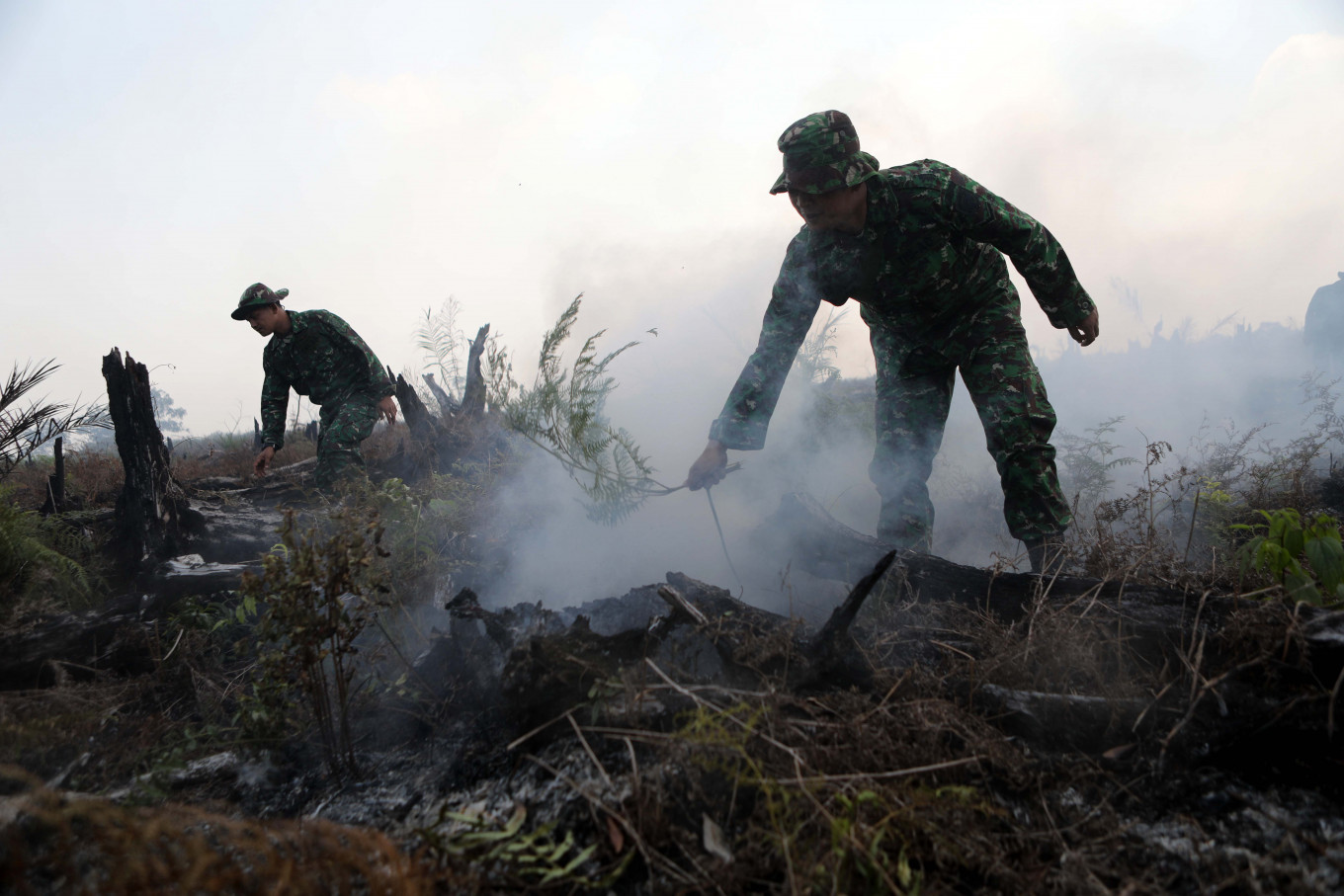 Looking back to 2015, Indonesia experienced huge and severe fires for most of the year. The World Bank reported in February 2016, that at least 2.6 million hectares of land (mostly peatland) caught fire that year in just five months, from June to October. The economic valuation of losses was estimated at US$16.1 billion. (JP/Hotli Simanjuntak)
Looking back to 2015, Indonesia experienced huge and severe fires for most of the year. The World Bank reported in February 2016, that at least 2.6 million hectares of land (mostly peatland) caught fire that year in just five months, from June to October. The economic valuation of losses was estimated at US$16.1 billion. (JP/Hotli Simanjuntak)
A
4-month-old baby in South Sumatra reportedly died on Sept. 15, its death blamed on toxic fumes released from land fires, reports said. This adds to the long list of losses experienced by the community as a result of fires that have not yet been completely overcome. Looking back to 2015, Indonesia experienced huge and severe fires for most of the year. The World Bank reported in February 2016, that at least 2.6 million hectares of land (mostly peatland) caught fire that year in just five months, from June to October. The economic valuation of losses was estimated at US$16.1 billion.
Following the 2015 fires, the government established the Peatland Restoration Agency (BRG). One of the BRG’s approaches to peatland restoration is rewetting, which refers to the building of canal blockings and boring of wells to keep the land wet, especially during the dry season to prevent fires. The recent fires, nonetheless, are so obvious that civil society has started to question the BRG’s performance: if a lot of rewetting infrastructure has been built, then why are peatland fires still occurring?
Reflecting on the work of Kemitraan’s Villages Care For Peatland Program, some site observations and discussions, some rewetting infrastructure has failed because it was built with the project approach. Its sustainability cannot be secured and the process did not fully involve the community from planning to maintenance.
Only a few community members know that their village is one of the peatland restoration sites. Community participation is crucial to determining the future of peatland restoration. What makes the community participate?
Looking back to my discussions with restoration practitioners, the community’s common unpleasant experience could be the golden key to participation. The common unpleasant experience of being exposed to hazardous haze, being refugees for months, health problems and more frequent visits to health centers, which also mean more money spent, and destroyed livelihoods because of crop failures.
Peatland was there long before people settled in the area, and that peatland is flammable. People, therefore, have to adjust themselves to the circumstances. So, there have to be constant efforts to remind people of these facts. Vulnerability should be translated into caution, being aware that the daily practices of people could harm the peatland, exposing themselves to dangerous situations leading to suffering. The constant reminder or awareness-raising process is a way to form a new “habitus”. The habitus, a term made popular by Pierre Bourdieu, a French philosopher, refers to ingrained habits, skills and dispositions; the way that individuals perceive the social world around them and react to it. It starts with awareness then leads to participation. The community will do whatever it needs to because it will directly affect their daily life. This involves changing minds and dispositions to changing practices.
Another concept closely related to restoration and fires is the slash-and-burn method of land clearing for agricultural purposes. By burning, a wider area can be cleared, making it ready in a short time, while the community will get fertilizer from the burned materials. This concept is unfortunately translated by some local governments into bans with strict sanctions which in practice is very problematic.


